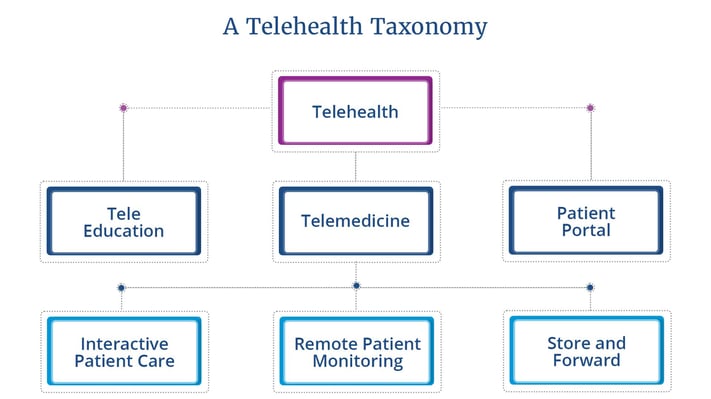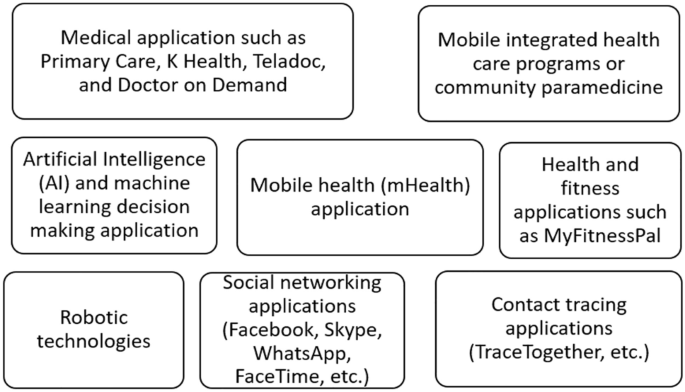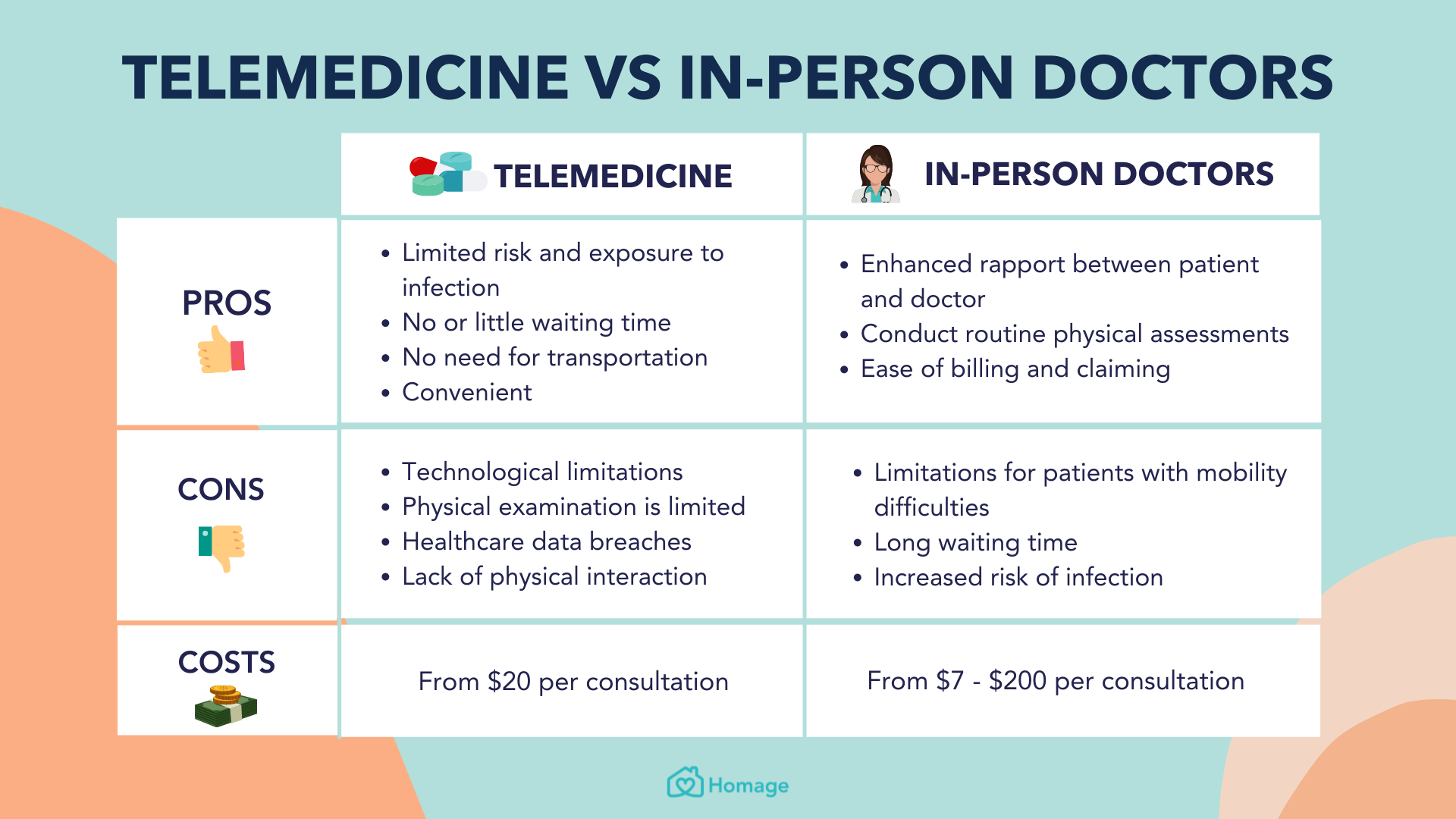The Asynchronous Form of Telemedicine Uses Which Type of Technology
MHealth also written as m-health or mhealth is an abbreviation for mobile health a term used for the practice of medicine and public health supported by mobile devices. The term is most commonly used in reference to using mobile communication devices such as mobile phones tablet computers and personal digital assistants PDAs and wearable devices such as smart.

History Of Telemedicine Related To The Technological Development The Download Scientific Diagram
The patient is usually not present and maymay not be.

. Providers who currently have a Telephonic Telemedicine Provider Assurance Statement DHS-6806A on their provider file should submit Telehealth Provider Assurance Statement DHS-6806 PDF to transfer to the current form. Hybrid learning is the main learning mode in university education nowadays. Data replication is a necessary part of long-term data retention and archiving.
A health care provider engaging in telemedicine or telehealth may use asynchronous store-and-forward technology to provide services with or without the use of interactiver eal-time two-way audio if after accessing and reviewing the patients medical records the provider determines that the provider is able to meet to meet the same. Effective November 2021 a new Washington Medical Commission policy statement on telemedicine defines telemedicine to include store and forward technologies which is defined broadly as the asynchronous or non-simultaneous transmission of a patients medical information from an originating site to the health care provider at a distant site. Store-and-Forward or Asynchronous technology uses high-resolution video and high-fidelity audio to transmit information that will be stored and sent to a practitioner in a distant site for interpretation later.
Telehealth services includes telemedicine and the delivery of health care services including mental health treatment and substance use disorder treatment and services to a patient regardless of patient location provided by way of an interactive telecommunications system asynchronous store and forward system remote patient monitoring. Store-and-forward technology involves the asynchronous electronic transmission of a members health information in the form of. As broadband infrastructure has improved telehealth usage has.
This paper is a review of completed hybrid learning projects. Data replication tools ensure consistency for end-users accessing multiple data stores in the normal course of business. Telehealth requires good Internet access by participants usually in the form of a strong reliable broadband connection and broadband mobile communication technology of at least the fourth generation4G or long-term evolution LTE standard to overcome issues with video stability and bandwidth restrictions.
Other potential uses are zero-downtime data migration and multi-site replication for business continuity in case of site disaster. Include the GQ modifier when billing for services provided via asynchronous telecommunication. Telemedicine uses two-way electronic audio-visual communications to deliver clinical health care services to a patient at an originating site by a telehealth provider located at a distant site.

The Ultimate Guide To Telehealth Technology

Application Of Telemedicine And Ehealth Technology For Clinical Services In Response To Covid 19 Pandemic Springerlink

No comments for "The Asynchronous Form of Telemedicine Uses Which Type of Technology"
Post a Comment